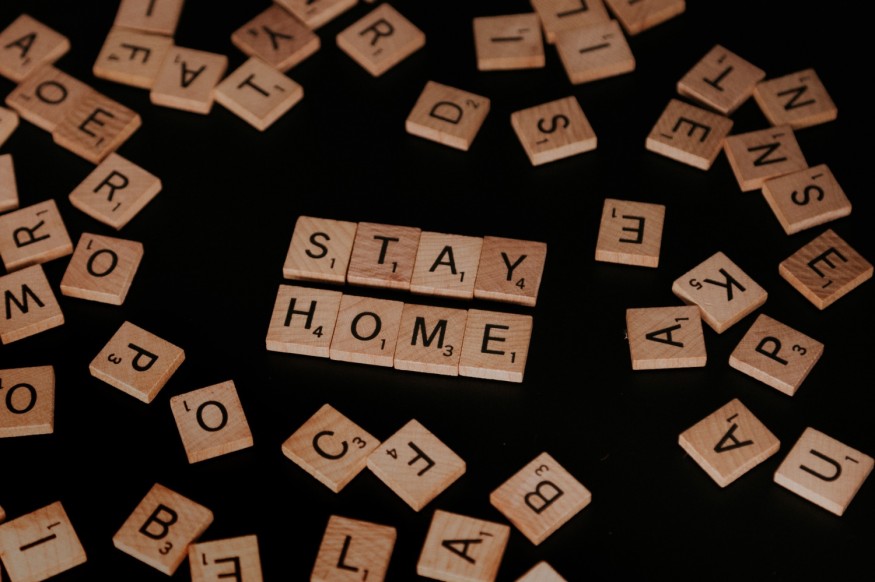
The United Kingdom Health Security Agency (UKHSA) has updated its guidelines regarding the self-isolation rules for those who have tested positive for coronavirus. The COVID-19 patients in the UK can now stop self-isolating up to three days early if they have two negative results from the lateral flow test.
The updated self-isolation rules are based on medical advice. However, some parts of the country have not yet implemented them. Here is an explanation for what the change in self-isolation rules could mean to infected individuals.
Self-Isolation Rule in the UK Updated: What to Do If You Tested Positive of COVID-19?
Changes in Self-Isolation Rule
Yahoo! News reported that since Wednesday, December 22, people in England who receive negative lateral flow results on their sixth or seventh day of self-isolation are no longer required to complete the full 10-day isolation period. This rule is applied to everyone, whether they are vaccinated or unvaccinated.
The #COVID19 self-isolation guidance has been updated, including using lateral flow tests to reduce the self-isolation period from 10 to 7 days: https://t.co/z1qV1quoCQ
— UK Health Security Agency (@UKHSA) December 22, 2021
This #thread summarises the changes and what they mean for anyone who has tested positive for COVID-19: pic.twitter.com/Gf0GWa64Dm
UKHSA said they aim to amend the current coronavirus guidelines and regulations until the Parliament returns. But until then, those who follow the new guidelines will be considered a "reasonable excuse" not to complete the full days of the self-isolation period. Meanwhile, healthcare workers follow separate guidance.
The health agency said the decision was based on its recent analysis that showed isolation for seven days with two negative lateral flow tests implies a nearly protective effect as completing the 10-day usual self-isolation period without testing.
They said it reflects the latest evidence on how long infected people could transmit the virus to others. More so, the updated guidelines will help support essential public services and supply chains as they are more pressured this time of the year amid the surge of the Omicron variant and winter season.
At the rate of Omicron transmission, Dr. Jenny Harries said that it could pose risk to operations of critical services. The new guidelines will help break the chains of transmission and lessen the impact of the virus on people and their livelihood.
ALSO READ : Omicron Variant Found to be More Contagious, Triggers COVID-19 Outbreak in Coachella Valley Restaurant
When to Self-Isolate?
According to the website of the Isle of Man Government, a self-governing British Crown dependency located in the Irish Sea between England and Ireland, self-isolation is implemented on those who have tested positive of COVID-19 via PCR test and lateral flow test, and those who develop symptoms of the infection.
Government guidelines dictate that when the person gets a positive lateral flow test, they should immediately start their self-isolation and submit their results online to receive an email with more information regarding their self-isolation.
Within that period, they will be subjected to further lateral flow tests that will also be submitted online. If they receive two consecutive negative test results taken within 24 hours and reported online, they can leave their isolation earlier than the 10-day advised isolation period.
Meanwhile, receiving a positive PCR test result also means that the person should start their self-isolation immediately, but unlike the lateral flow test, they no longer have to submit their results online.
Self-isolation applies to those who have traveled internationally, whether they are fully vaccinated or unvaccinated individuals.
RELATED ARTICLE: Is it Safe for Person Infected With Sars-CoV-2 to Get a Booster Shot While Sick? Here's What Experts Say
Check out more news and information on COVID-19 in Science Times.
© 2025 ScienceTimes.com All rights reserved. Do not reproduce without permission. The window to the world of Science Times.












